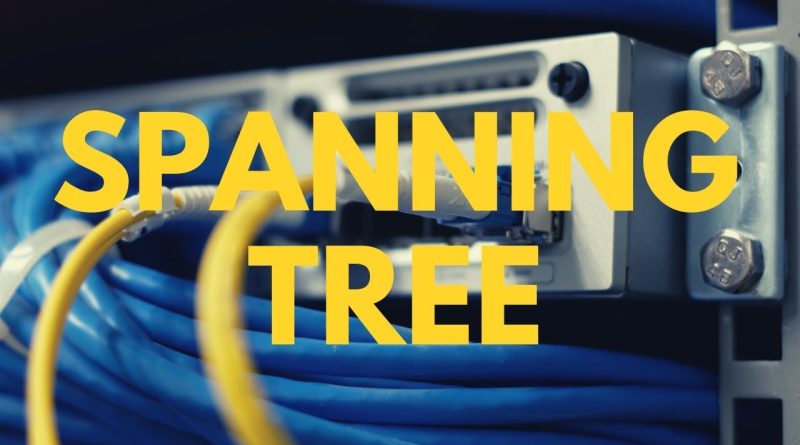CCNA Quiz: Spanning Tree Explained: Which ports are blocked and why? CCNA | CCNP
Which ports are blocked by Spanning Tree in this topology? Which ports are root ports, designated ports? Can you work it out? This is one of my daily quiz question scenarios. In this video, I give you the answer and explain the solution.
Follow me on Twitter or LinkedIn if you want to receive daily quiz questions:
Twitter: https://twitter.com/davidbombal
LinkedIn: https://www.linkedin.com/in/davidbombal/
#CCNA #spanningtree#GNS3
ccna




Hi David, as usual, video was great. Minor correction: At the last segment of video, blocked ports are defined with DP (red color) , which should be BP. It is typo error, which may be confuse some. Cheers.
If switches are transparent, how did I throw my back out racking one?
Thank you for this. The PC trick really helped
What do you use to draw on screen?
I struggled for a while understanding spanning tree protocol but this video cleared it all up. Makes total sense now. Thank you, David!
Excellent presentation
Thank you for sharing the "put a computer in the middle of the segment" I'm going to use that for my CCNP because I seem to struggle with determining designated and blocking ports.
Not sure if I understand the half cost of 2 on the DP
root bridge criteria:
1- priority (the lower the better)
2. mac (the lower the better)
that was , what im scrolling around after a long searching.Thank you David
Have a nice day David bombal
Thank you so much my mentor, David !!
Great lesson / thank you a lot !!!!!!! I catch up finally 🙂
I am confused. At 9:00 minutes, you change the priority to 64. Cool! Except the change in priority is not reflected in the show spanning-tree table. I've rewatched this segment several times; the confusion is that you NEVER show the changed priority on S2. You muddied the waters here!
Being consistent is a good thing! When identifying DP, you tell us that this Bridge ID is lower than this other Bridge ID. But the label says Priority.
Thinking it over, there does seem to be issues with language. I'm guessing that it is regional. You say before switches, there were bridges. HUH??? I was taught that bridges connected different kinds of networks. The big one was the one that brought internet into your location. That network was not Ethernet; those distances were in miles and not feet. So you bridged to your Ethernet inside your location. Before switches, we used hubs. Hubs are simple devices that receive traffic on one port and broadcast it out all other ports. Every time! And the number of hops was important because each hop had a price as the inter packet spacing decreased and once that spacing was too small then communications ceased. Now, is that different from what you are calling a bridge?
I do not understand why you would switch between ID and Priority. An ID tends to be unique! And often is required to be!!! In this set up, 3 switches have the same priority. To say that is their ID is silly! If I say S4 then you know which switch because that is unique. But if I say 8192 then which switch do I mean? There are 3 with that priority so that would make a bad ID.
Thanks, I like the video. I just think you could be clearer. I confused someone yesterday because I kept referring to SFP transceivers as carriers and cartridges. Zero consistency on my part!
thank you for the very clear explanation
So if switch 3 wants to directly communicate with switch 5 does it need to go through the root switch to get there or can it go direct?
HI,
Very detail.
Let me ask a question, would spanning-tree still block/stop the loop if another pair of type of switch has spanning-tree disabled. The loop is on their end, say a cross-connect between the two switches ?
Excellent I see 444 liked and 0 Disliked – You won the GOLD STAR – David Bombal –
Great class, I will need to watch it again.
Fantastic explanation!